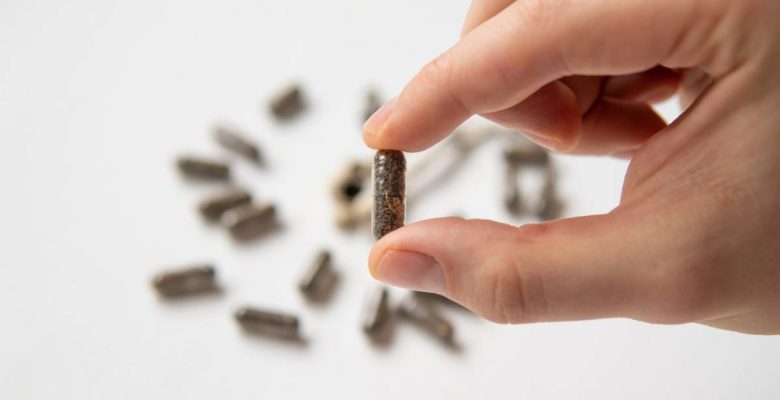SUMMARY
One of the great unsolved puzzles of psychedelic-assisted therapy is maintaining the benefits of a high dose after the euphoria wears off. In one of the largest studies on psilocybin for mild-to-moderate depression, a team of world-class researchers found that most participants relapsed in the months following their treatment and there were no significant differences between standard antidepressants.
It was a major blow to the otherwise sterling clinical studies showing profound and lasting changes for those working with psychedelics to mitigate severe disorders.
At Third Wave, we hear similar stories from those who can’t quite re-capture the majesty of what they experienced in ceremonies or with friends.
But over the last year interviewing customers who come to Third Wave, we identified a potential solution: microdosing to “integrate” the lessons of high-dose experiences.
For instance, a 0.2 gram dose of psilocybin throughout the week may help extend the benefits of a single 3 gram ceremony.
So, we’ve published a draft paper from the narratives of those who tell us that microdosing helped them extend the benefits of psychedelic-assisted therapy.
Background
Integration after a high-dose psychedelic journey is the process of incorporating insights from that state of altered consciousness into your day-to-day life. Research has shown that people will maintain some fraction of the benefits from high-dose experiences—including openness, empathy, and a sense of connection—for a week or two after the journey, but this isn’t always the case. Nor does it necessarily translate into an action plan to make life changes.
That’s where microdosing comes in.
Although there is no scientific research on the use of microdosing for integration, many of our customers at Third Wave report that microdosing after a high-dose experience helps them in two possible ways. First, some say that microdosing assists in preventing them from reverting to past habits. Others find that microdosing allows them to see even greater personal improvements in the long run.
What Makes Microdosing Unique
First of all, microdosing is much closer to real life than a ceremony. Rather than totally altering your consciousness, microdosing, instead, causes more subtle shifts that enable you to still function in your regular life. For this reason, we can say that macrodoses are more about big-picture life reappraisal while microdoses are about taking the steps to make that shift happen.
As one individual reported, “The macrodosing was really powerful for opening up some held-in grief that I was able to release at a very deep level… then I played around with microdosing for three weeks and I felt like my depression completely lifted and, especially the day-of and the day after [microdosing], I get so much done.”
Similarly, in one of Third Wave’s case studies, we examine how one woman used microdosing to quit cigarettes. This woman had experience with high-dose psychedelic ceremonies. And, yet, she still found herself trapped in a bad habit of soothing herself with cigarettes when she fought with her parents.
She realized that stressful family dynamics were a big trigger for her smoking habit. By microdosing around those stressors, she was able to leverage enhanced mindfulness in-the-moment when dealing with her family in a way that’s simply not possible with an isolated ceremony.
Another microdoser shared this personal example: “In the case of a colleague turning in a report late, [after microdosing] I am now comfortable engaging with them in a conversation about what led to the tardiness, rather than making up in my head some whole story about how they are lazy or they don’t respect me or they don’t care or whatever.”
How to Microdose for Integration
Third Wave has extensive resources on microdosing psychedelics, as well as a whole Microdosing Course to help you master the science and art of the skill.
But you might be wondering if there’s a difference between the Stamets and Fadiman protocols when it comes to microdosing for integration. At least as of now, there is no observable difference in our anecdotal reports.
Additionally, you might consider the difference between microdosing with psilocybin or LSD. Here’s what one professional has to say: “When I microdose psilocybin mushrooms, I tend to think more from a ‘people’s lens’ to see who I can work with or involve to solve a given problem. When microdosing with LSD, however, I tend to think purely of a problem from an intellectual lens. Additionally, I notice that when I’m microdosing LSD, I prefer writing rather than talking to people, because I feel like it enhances my ability to do deep research.”
Of course, the experience will be different for everyone, so it’s best to experiment and find out what works well for you.
For Clinicians and Academics
Third Wave is actively involved in trials related to microdosing. We believe that microdosing training may improve the end-point outcomes of trials.
If you are interested in partnering, please contact Third Wave’s Head of Research at [email protected].







